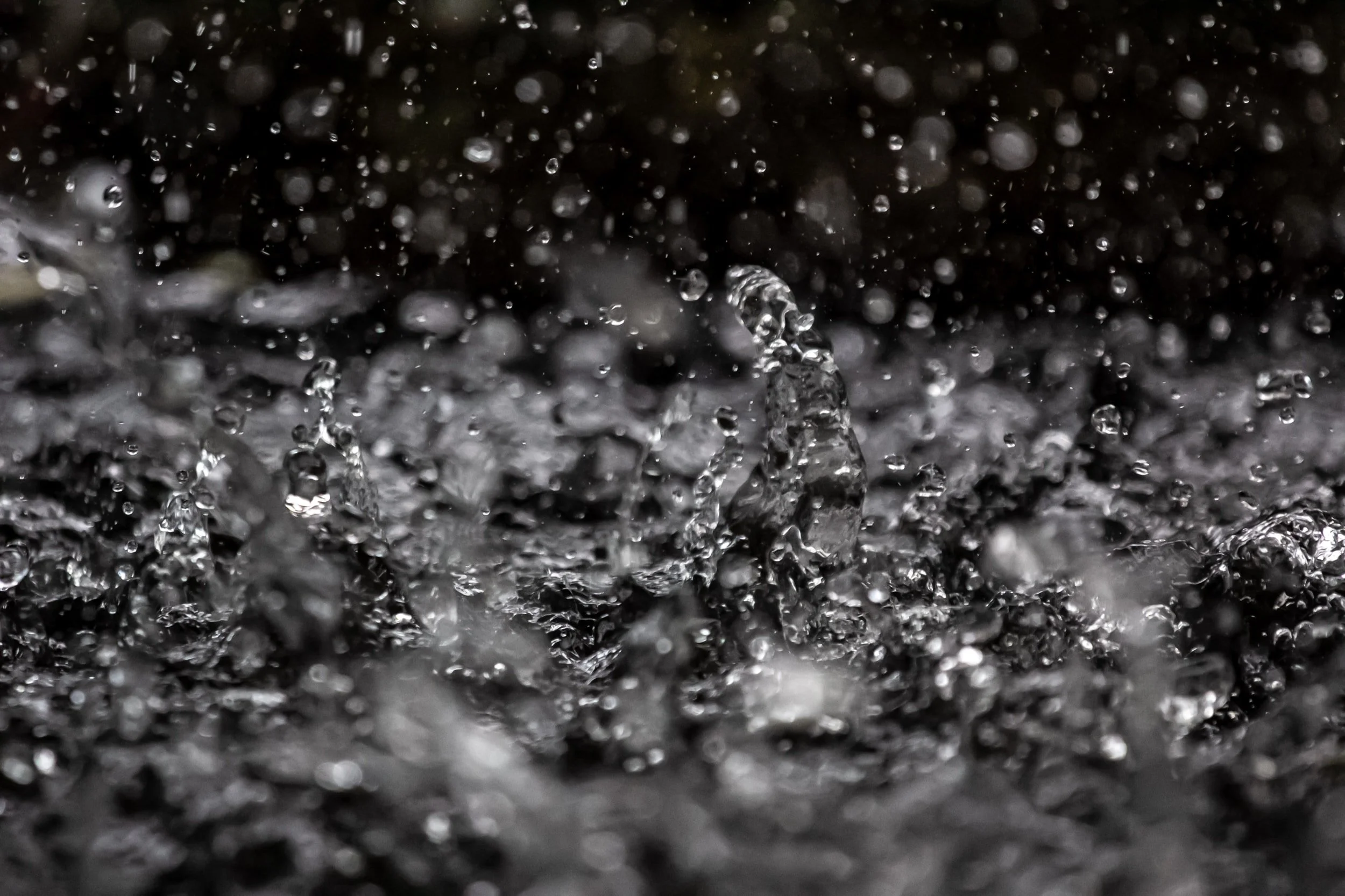Multiple parties and multi-cornered fights set the stage for the fight for Sabah with big personalities aiming to control the state.
A total of 447 candidates are vying for the 73 state assembly seats. Each seat sees a multiple fight with the least being three-corner while the Bengkoka seat in the Kudat parliamentary area has 11 candidates.
Parti Cinta Sabah, headed by Anifah Aman, is the only party to contest all 73 state seats followed by Shafie Apdal’s Warisan Plus (61) (Warisan 46, Amanah 1, DAP 7 and PKR 7), United Sabah National Organisation (47), LDP (46), BN (41), PN (29), Parti Gagasan Rakyat Sabah (28), Parti Perpaduan Rakyat Sabah (24), PBS (22) and Upko (12).
Early favourites and incumbent, Warisan-Plus along with Upko are touting a theme of unity with an emphasis on protecting Sabah's interest and defending the rights of the people. Shafie had dissolved the state government to foil an attempt by former chief minister Musa Aman to replace him by engineering a crossover of assemblymen. (Post 2018 General Election, Shafie managed to form the state government when six BN assemblymen crossed over).
The other favourite is Gabungan Rakyat Sabah (GRS) which is a combination of Perikatan Nasional-BN-Parti Bersatu Sabah. Prime Minister Muhyiddin Yassin has been dangling sweet carrots of development provided being voted into power. Early this week, he announced a new economic stimulus package, Kita Prihatin, which includes financial assistance for the middle income group, and the bottom 40 percent wage earners.
This is a battle of warlords where personalities and ethnic groups and family allegiance hold more clout over loyalty to the party. While there is a sense of acceptance and unity among the people, the lines are clear when election rolls around. A candidate could switch parties and still be voted in as shown repeatedly by the likes of Jeffrey Kitingan of STAR.
Issues for Sabah have remained the same, of bread and butter, development, infrastructure and the Malaysia Agreement 1963 (MA63). It is one of the poorest states in the country despite having resources such as oil and gas, and palm oil. According to the department of statistics (DOSM), the absolute poverty rate in Sabah is at 20% in 2019 as compared to 6% for Malaysia on the whole. The T20 in Sabah has a bigger share of the income share at 46.2% as compared to the B40 at 16.3%.
In terms of telecommunications, the state has the lowest broadband penetration in the country at 81% per 100 inhabitants as of 1Q2019. The issue came to the fore when university student Veveonah Mosibin had to get onto a tree to receive a signal for her phone in order to sit for her exam during the lockdown.
Other concerns include Tanjung Aru Eco Development, Papar Dam project, Kalabakan deforestation and Balambangan silica mining.
Illegal or undocumented immigrants remained another issue for the state but has not been hotly debated. It bears no benefits for either side to stir up the issue as the support from the Kadazandusun community is crucial. Back in 2019, the then PH government, which Warisan was part of, embarked on a plan to register undocumented migrants which received a lot of opposition from the Kadazandusun community. The BN government in the 1990s were accused of Project IC with an influx of illegal immigrants which displaced the Christian Kadazandusun from power.
An estimated 250,000 Sabahan reside and work in Peninsular Malaysia. State or by-election generally does not see many making the trip home to cast their votes unlike in a General Election. This time around, the sentiment is that those elected in are expected to switch sides post-election hence there is little motivation to head home to cast their votes. There is also a reluctance to travel to Sabah which is a hotspot of Covid-19 presently with eight clusters.
The race remains tight on the eve of the election but none of the parties helmed by big names could claim advantage over the other. More horse trading is to be expected post-election where new alignments would form a coalition to rule the state.
Credit: Khor Reports PolTRACK team
(c) Khor Reports - Segi Enam Advisors Pte Ltd. 2020. All rights reserved.













![04319-7 Alt Heirarchy DMB PROMO 937x834_CR[123].jpg](https://images.squarespace-cdn.com/content/v1/5aa8dd09c258b49f01414e50/1576128551539-SH66BAWCL174NFSGX65W/04319-7+Alt+Heirarchy+DMB+PROMO+937x834_CR%5B123%5D.jpg)







